The Typhoid Antibody Testing Market is currently characterized by a dynamic competitive landscape, driven by increasing awareness of typhoid fever and the need for rapid diagnostic solutions. Key players such as Abbott Laboratories (US), Thermo Fisher Scientific (US), and Roche Diagnostics (CH) are at the forefront, leveraging innovation and strategic partnerships to enhance their market presence. Abbott Laboratories (US) focuses on developing advanced diagnostic tools, while Thermo Fisher Scientific (US) emphasizes its extensive product portfolio and global reach. Roche Diagnostics (CH) is known for its commitment to research and development, which positions it favorably in the competitive environment. Collectively, these strategies foster a robust competitive atmosphere, encouraging continuous improvement and technological advancements.
In terms of business tactics, companies are increasingly localizing manufacturing to reduce costs and enhance supply chain efficiency. This approach appears to be particularly relevant in regions with high demand for typhoid antibody testing, as it allows for quicker response times and better alignment with local market needs. The market structure is moderately fragmented, with several key players holding significant shares, yet leaving room for smaller companies to innovate and capture niche segments. The collective influence of these major players shapes the market dynamics, driving both competition and collaboration.
In August 2025, Abbott Laboratories (US) announced the launch of a new rapid typhoid antibody test, which is expected to significantly reduce the time required for diagnosis. This strategic move not only enhances Abbott's product offerings but also positions the company as a leader in the rapid testing segment, potentially increasing its market share. The introduction of this test aligns with the growing demand for quick and accurate diagnostic solutions, reflecting Abbott's commitment to innovation.
In September 2025, Thermo Fisher Scientific (US) expanded its distribution network in Southeast Asia, aiming to improve access to its typhoid testing products. This strategic expansion is likely to enhance the company's market penetration in a region that has been experiencing a rise in typhoid cases. By optimizing its supply chain and localizing distribution, Thermo Fisher is poised to respond more effectively to regional healthcare needs, thereby strengthening its competitive position.
In July 2025, Roche Diagnostics (CH) entered into a strategic partnership with a leading healthcare provider in Africa to enhance the availability of its typhoid antibody testing solutions. This collaboration is indicative of Roche's strategy to expand its footprint in emerging markets, where the burden of typhoid fever remains high. By aligning with local healthcare systems, Roche is likely to improve its service delivery and foster trust within these communities, which could lead to increased adoption of its digital diagnostic products.
As of October 2025, the competitive trends in the Typhoid Antibody Testing Market are increasingly influenced by digitalization, sustainability, and the integration of artificial intelligence in diagnostic processes. Strategic alliances are becoming more prevalent, as companies recognize the value of collaboration in enhancing their technological capabilities and market reach. Looking ahead, it seems that competitive differentiation will increasingly pivot from price-based strategies to a focus on innovation, technological advancements, and the reliability of supply chains. This shift may redefine how companies position themselves in the market, emphasizing the importance of quality and efficiency over mere cost considerations.


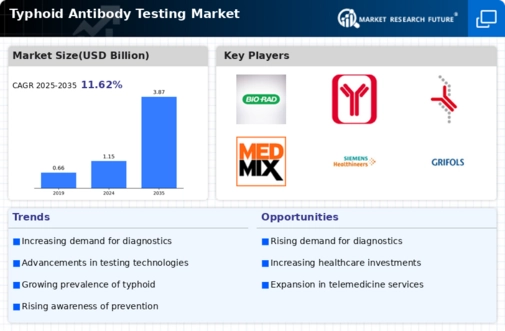
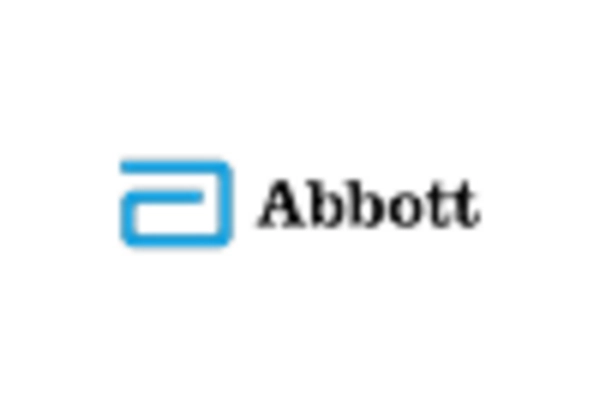
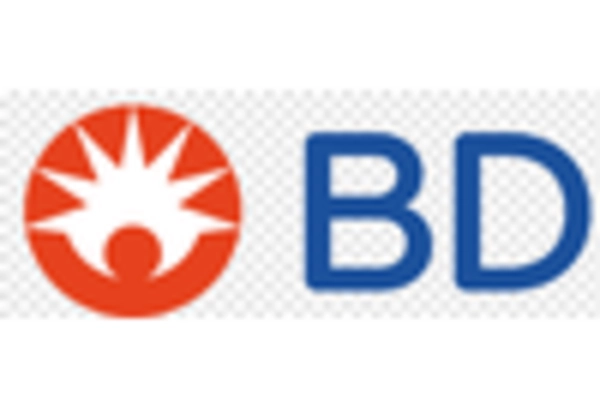
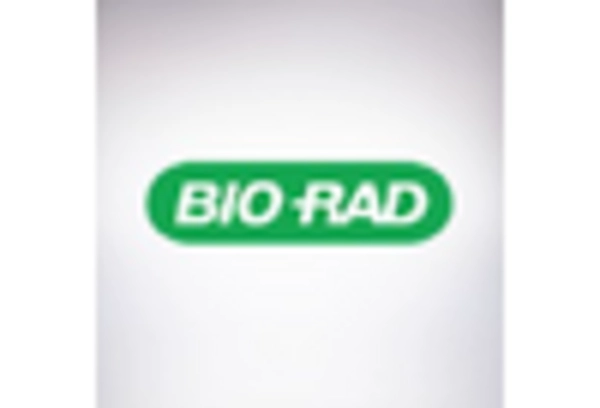
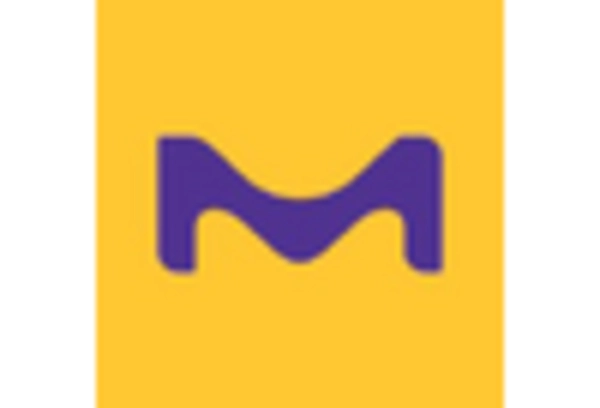
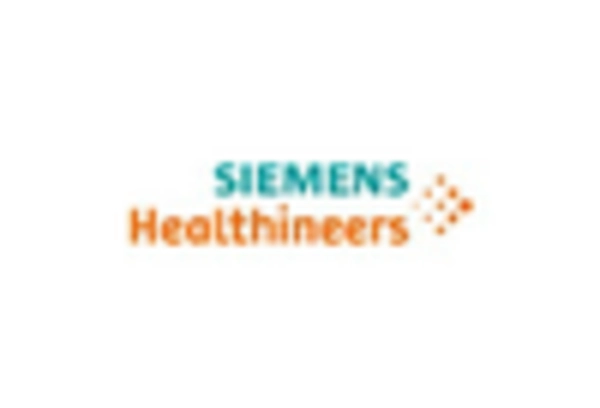
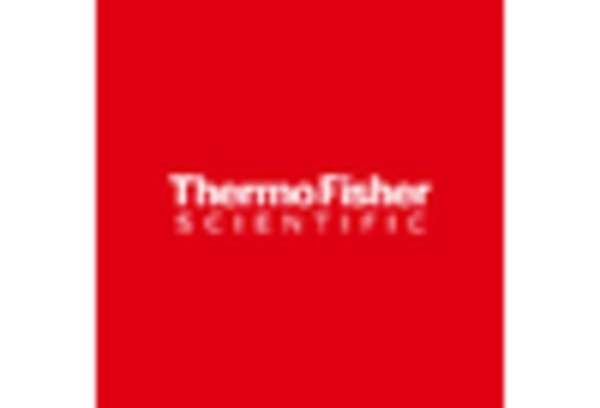








Leave a Comment